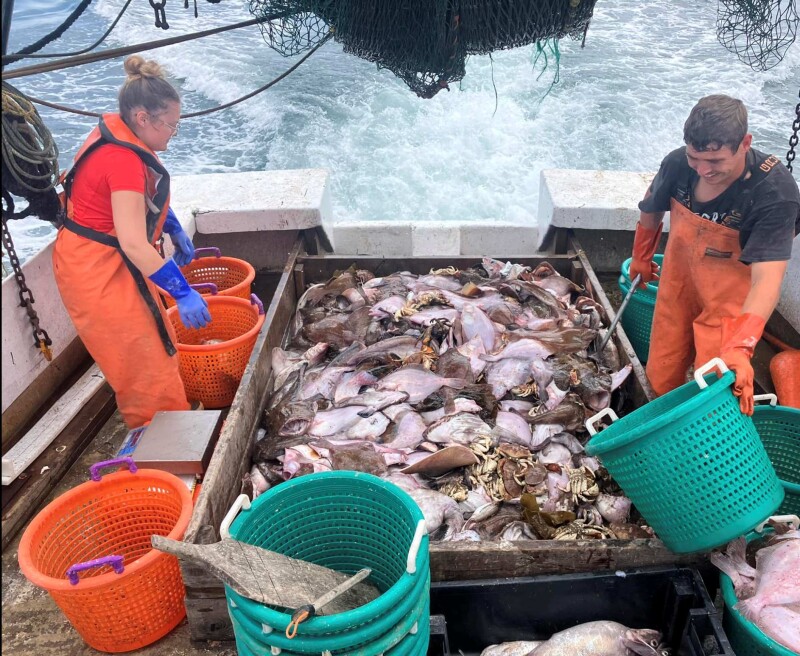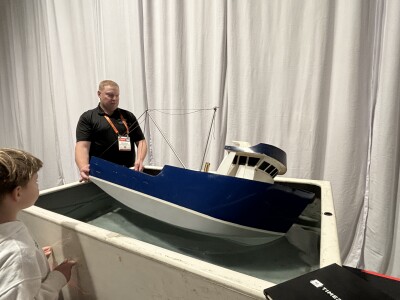At only 24 years old, Devyn Campbell is a historical repository of mid-coast Maine, and so is his boat.
You don’t find a lot of young guys fish dragging in wooden boats on the coast of Maine anymore, but Campbell has spent years listening and learning from the old guys around Boothbay Harbor, and is putting the lessons he’s learned to use, both in catching fish and keeping his 45-year-old boat, the Susan and Jessica, in top shape.
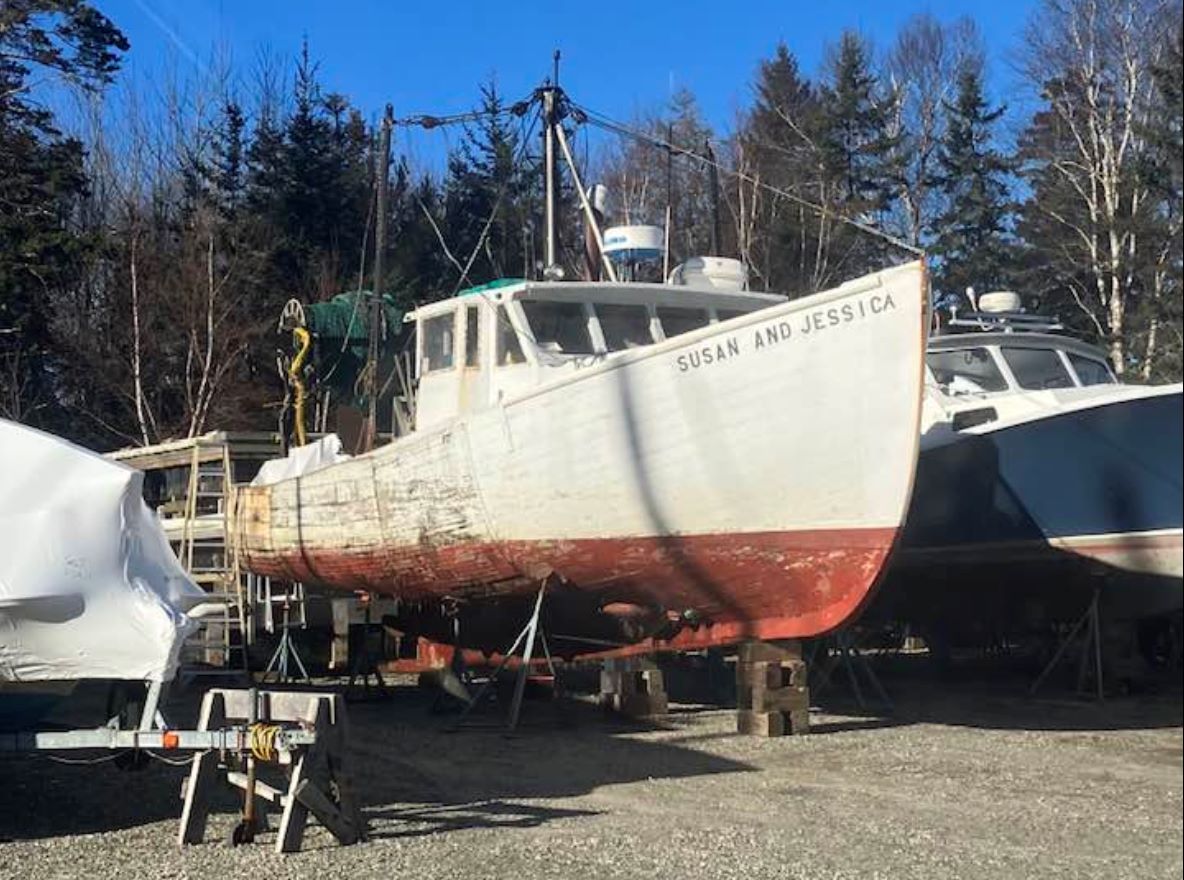
"I bought the boat in May of 2021,” says Campbell. “It had a 300-horse, 6076 John Deere in it, and I’m still running it. The previous owner, Jimmy Davenport, took out a Detroit and put the Deere in it in 2002, but it had been rebuilt and had 3,000 hours on it when I got it, so I figured I was at least getting a good engine. I have about 5000 hours on it now.”
Before he bought the Susan and Jessica, Campbell had already had two boats: a Maine-built boat, the JH Dexter, and a Novi called the Wendy Lynn that he used for purse seining.
“The Susan and Jessica was built at Newbert and Wallace in Thomaston around the same time they built the Columbia, around 1980,” Campbell says, referring to the scalloper/trawler Columbia, which was launched in 1984 and was the last double sawn frame fishing vessel built on the Maine coast—this writer was working on a different wooden boat in the yard at the time. Herb Newbert and Roy Wallace established a shipyard in 1942, where they built wooden draggers, scallopers, sardine carriers, lobster boats, and yachts. Roy’s son Ray took over the yard in the 1970s and oversaw the building of the Columbia and the Susan and Jessica, as well as the ill-fated schooner the John F. Leavitt, which was abandoned off Cape Cod on her maiden voyage.
“She’s 40 feet by 14 feet 9 inches and draws around 5 feet. I found a picture of the Columbia, and you can see my boat in the background,” says Campbell. “It was originally built for Joeby Philbrook on Vinalhaven, and I think it was called the Boys and Girls.”
According to Campbell’s version of the story, Philbrook fished the vessel as a dragger for six years, and then it sat for three years at a yard in Vinalhaven. “I had a picture of it there and never knew where it was until I was going by one day and saw the building,” he says.
“Jimmy Davenport bought it and brought it to Port Clyde. He had a lot of work done on it at Lash Brothers' yard,” says Campbell. “He raised the deck ten inches and put an insulated fish hold in her. He was a short guy and didn’t mind losing the height in the wheelhouse. I find it a bit cramped. He fished it with a double-drum Hathaway winch, no net reel. They just lifted the bag in over the side.”
Campbell does things differently. With the Susan and Jessica now equipped with a net reel and split winches, he tows a 70-foot, 4-seam net and brings the cod end in over the stern with the net reel. “The most we ever had was 2,000 pounds. We had to pull the last bit in by hand, but we got her in.”
It’s hard to imagine a 40-foot dragger surviving in this day in age, but Campbell has a secret weapon: history. “I talk to the older guys and try to pay attention,” he says. “Kilo Pinkham took me under his wing. I started going with him and learned a lot. He gave me a couple of thumb drives for Windplot, so I had his tracks. I have Loran C lines on my Windplot. I have those old drawn plotter tracks. Guys would take them and draw wrecks and other items, or describe the kind of gear they used to navigate an area. The amount of knowledge in those is unparalleled, and I have a lot of them, enough to go out and make a day. I have a secret book that one guy gave me. But it’s all Loran, like the 153 line, the 710 line, and like that. I have the old grey sole tows from those guys in Port Clyde: Steamboat, the Winter Bottom, the Tackle Tow. It seems like there’s a line there where, to the east, it’s all grey sole and hake, and to the west, it’s blackback and haddock. And all these inside groundfish tows, nobody really knows about them anymore, and I can’t get into them on account of all the lobster gear—maybe someday. But a lot of that knowledge has been lost, and we’ll never get it back.”
When it comes to buying quota and selling his catch, small is beautiful for Campbell. “Pinkham’s here in Boothbay, says they’ll buy a few trays, and there are some others. I only need two or three like that, and they can buy my trip.” Campell’s partner, Jessica Wagstaff Pinkham, also bought a dealer’s license and hopes to start buying and selling his fish.
“For quota, I get enough from my sector’s quota bank, so I’m all set,” says Campbell. “I haven’t had to buy or lease from private owners.”
While Campbell has worked out where and when to catch fish and sell them, he has also learned how to maintain the hardware that makes it all possible, namely a boat and gear. “My net is only 70 feet, but it has a fishing circle of 280 meshes.” The doors that spread the net are a rare find. “They’re Dan Green doors, actually, the ones I have are the prototypes from Denmark. They spread a lot for their size, so I only have to tow 2.25 to 1, which is good on a small boat.”
Keeping his boat afloat is part of the job. “I think the reason wooden boats get a bad reputation is that people let things go,” says Campbell. “That’s when the problems start.” When Campbell first started fishing the Susan and Jessica, he hit a submerged object on his way into Portland. “I don’t know what it was, but it split the stem. It was taking on water, so to fix that, we had to remove the garboard plank and about six planks above it. Tony Finocchiaro helped me, and when we were taking them off, we decided to keep running back to take them off if he had any doubts. I’m glad we did, because there was a rotten butt block on one of them. You have to do that with a 40-year-old boat,” he says. “You have to take the extra steps.”
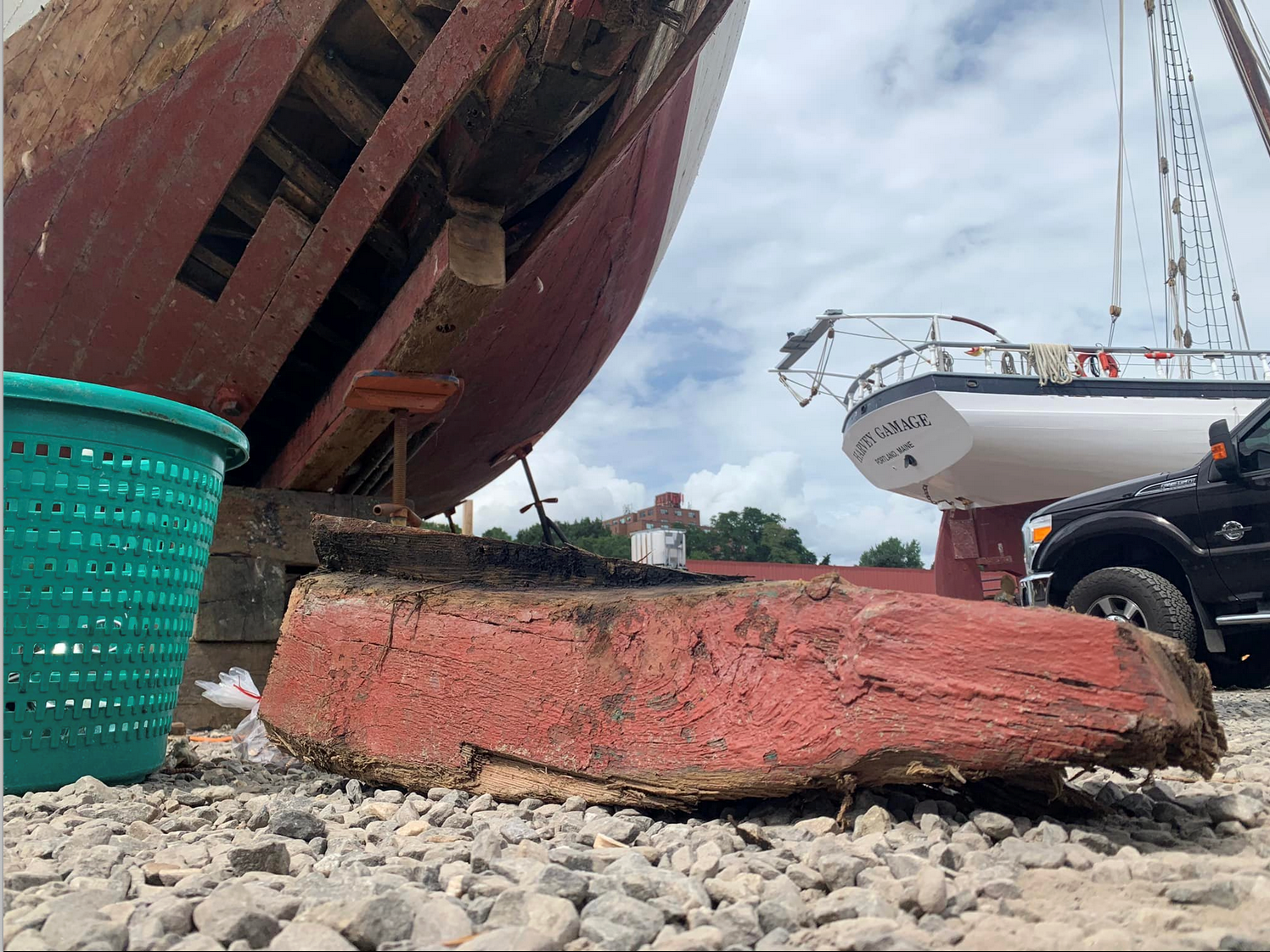
What Campbell found, working with Finocchiaro, was that much of the boat needed to be recaulked. “He went along with a can of spray paint and marked every seam that needed caulk, and I prepped those for him. Then he came back and re-caulked it all.”
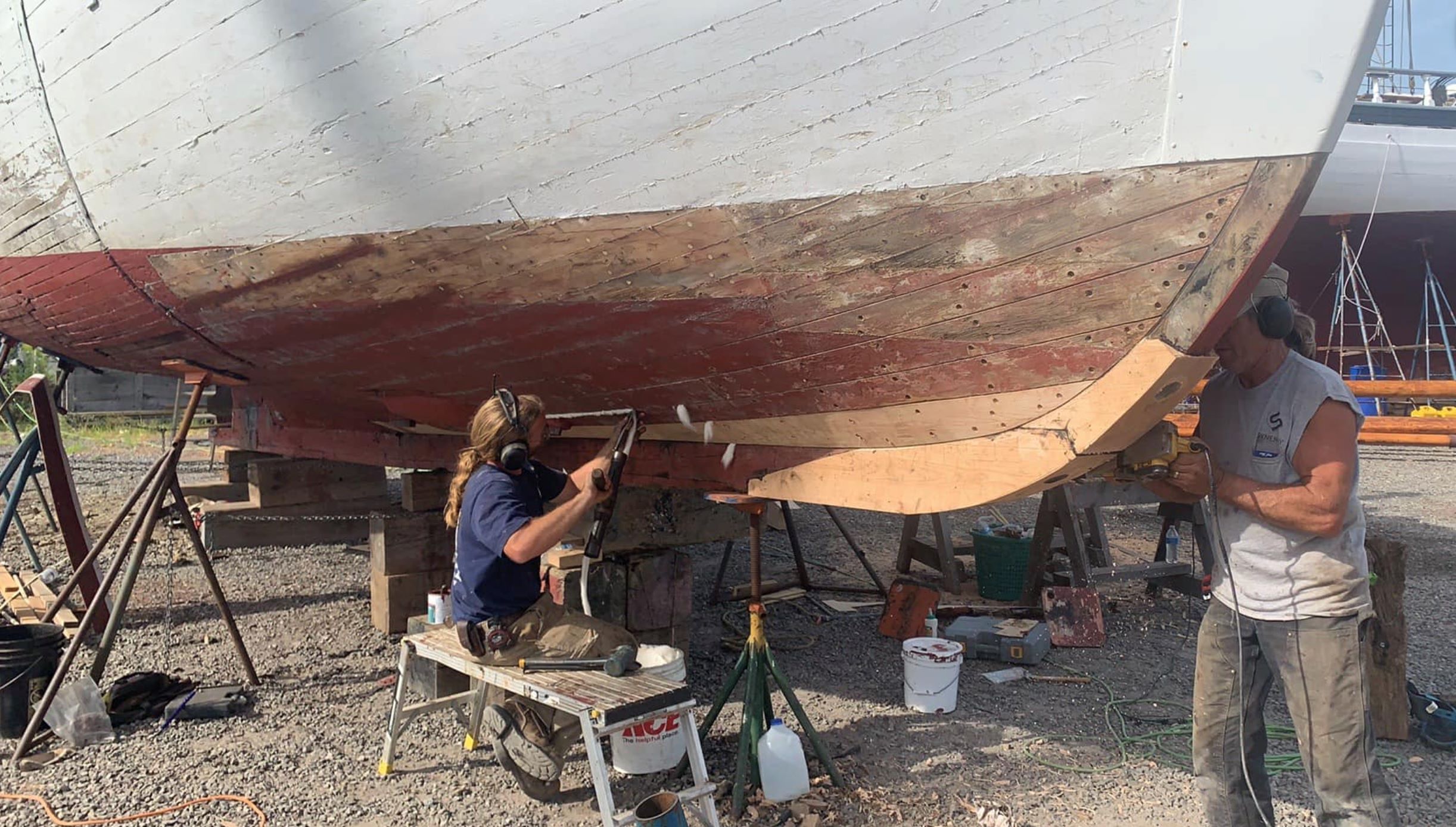
In 2024, Campbell did more major maintenance on the vessel. “We replaced four planks and twelve frames,” he says.
On the framing, Campbell was not able to bend the oak frames in the traditional way. I didn’t want to tear out the fish hold,” he says. “And in the stern, I only had about 8 inches clearance, just enough to get my arm in. So, they’re not true sister frames, more like support for fastening the planks.”
He notes that he used #18 2.5-inch bronze screws for refastening, as he has throughout the hull over the last few years. “At this point, it’s almost all refastened,” he says.
With 90 percent of his trips lasting less than 24 hours, Campbell has not invested much effort in his crew accommodations. “I put in a couple of bunks last year,” he says. “But I still have work to do on that. I wanted to put a day bed in the wheelhouse, but I can’t extend it back far enough.”
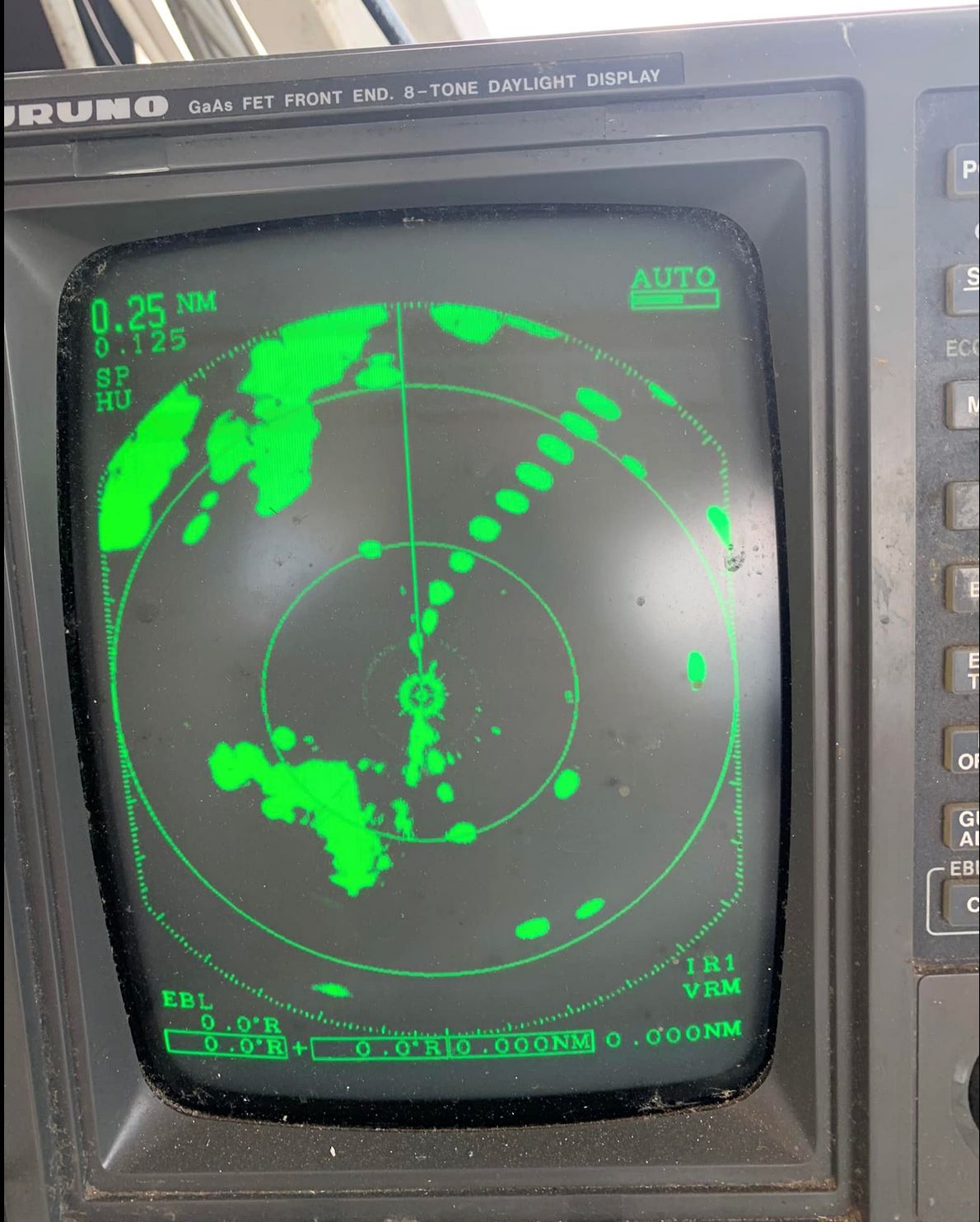
In the Susan and Jessica’s cramped wheelhouse, Campbell has a pretty basic electronics suite, primarily consisting of an older Furuno magnetron radar with cathode ray tube display, a Koden CVS 821 depth sounder, and a PC with his Windplot charts. Like almost everything else about the Susan and Jessica, it’s historic.
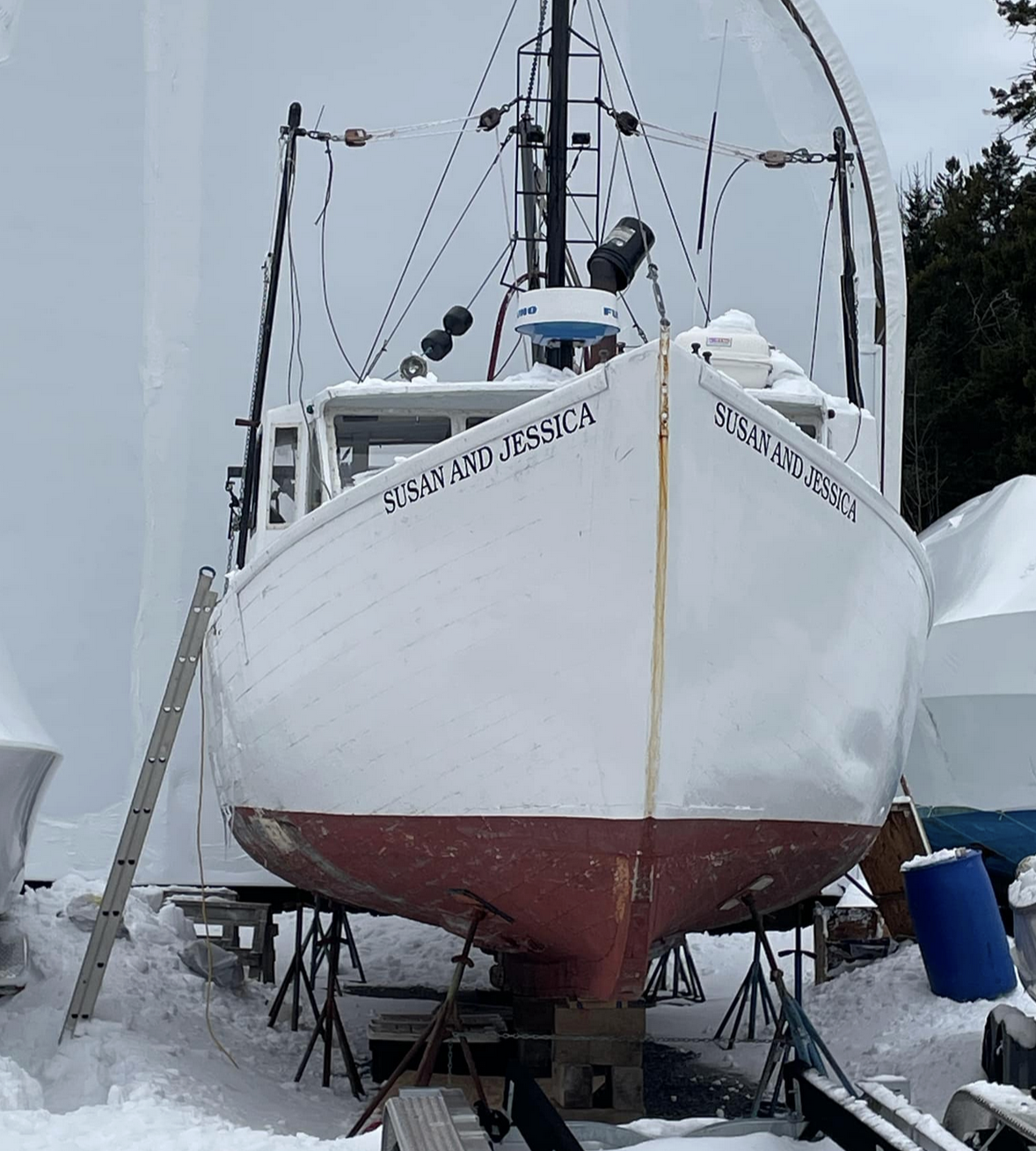
As Campbell notes, a lot of the fishing and wooden boat-building knowledge on the coast of Maine, and elsewhere, is being lost. But he is doing his best to hang on to what he can.





